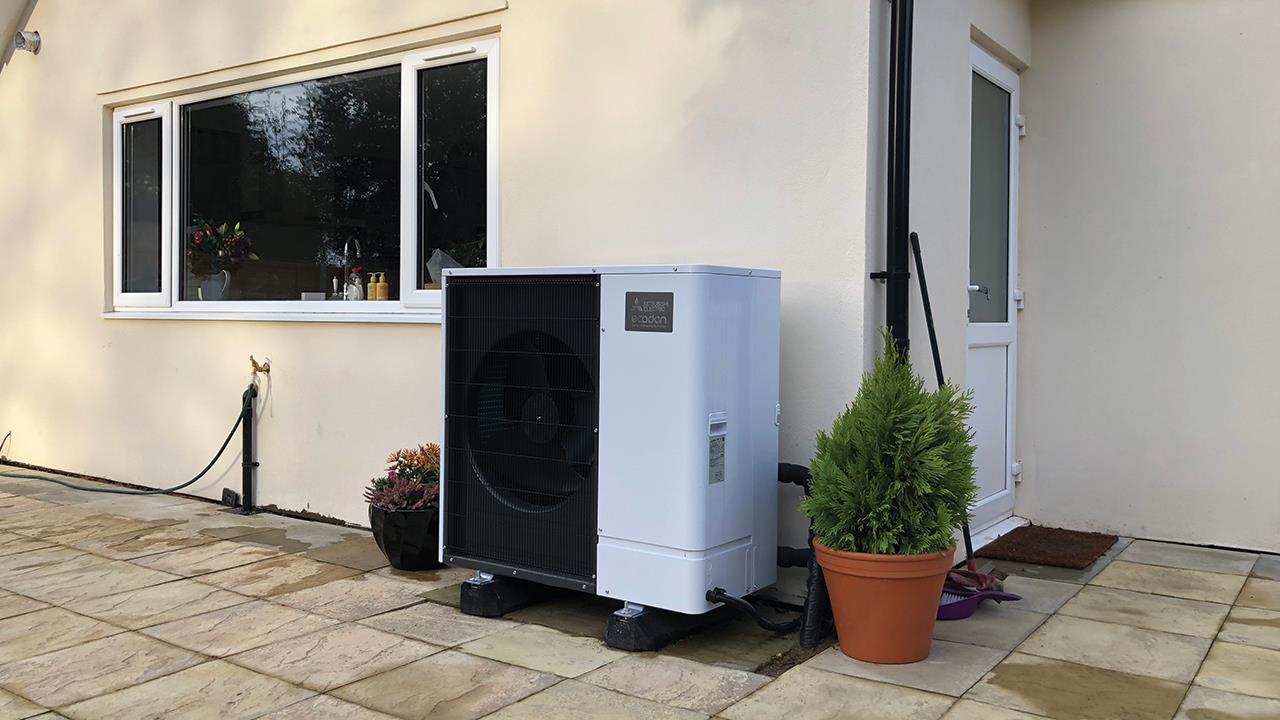

Russell Dean, Head of Residential Heating and Ventilation at Mitsubishi Electric, explains how changes to Part L of the Building Regulations offers a great opportunity for installers.
We’re firmly into a new decade, and 2020 promises to bring about some big changes to the built environment in the UK.
The government intends to introduce “a meaningful but achievable uplift to energy efficiency standards as a stepping-stone to the future homes standard”, with the intention of making “new homes more energy efficient and to future-proof them in readiness for low carbon heating systems”.
This precedes the introduction of a further uplift in standards in 2025. The UK’s housing stock is going low carbon as it attempts to reduce the greenhouse gas emissions produced by heating.
The government is currently undertaking a consultation process on what the best solutions are to bring about the required 75-80% reduction in carbon emissions compared to current standards, and has tabled two options to increase Part L of the Building Regulations:
The first is a 20% reduction in emissions delivered by very high fabric standards only (e.g. insulation and triple glazing).
The other is a 31% reduction due to a combination of carbon-saving technology (e.g. solar PV panels) combined with better fabric standards, but not as high as option one, so using double glazing rather than triple glazing.
The favoured option is two, as this will see carbon-saving technologies like solar panels and heat pumps becoming more mainstream in an effort to bring about the carbon emission reductions needed to be carbon neutral by 2050.
With the goal of no new homes using fossil fuels from 2025, heat pumps are inevitably going to become one of the heroes of the green domestic heating reduction.
The Building Services Research and Information Association has observed that the installation of heat pumps are relatively stable in the current market, with between 20,000 and 22,000 units installed in the UK each year. The government forecasts a rise to one million heat pumps a year by 2030.
Traditional gas heating users are less likely to make the switch as prices are currently relatively stable, but the 1.6 million homes throughout the UK that are using oil as a heating system are much more susceptible to fossil fuel price fluctuations. Each one of those boilers generates on average of 5.3 tonnes of CO2 from each house every year.
That’s a total of 8,480,000 tonnes of CO2. By replacing all oil boilers and half of the existing gas boilers with an air source heat pump, we would reduce our national CO2 emissions by 8%.
The opportunities here are massive – and could impact at least 1.6 million homes. In fact, the Committee on Climate Change recognises that heat pumps could meet up to 75% of the total residential heat demand in the UK.
With the swing in public opinion towards more environmental attitudes, the pressures on industry, and the government’s commitment to carbon neutrality, the way we heat our homes is going to have to change. By understanding the latest technologies and being able to diversify your offering to customers can bring a huge potential scope for your business.
The latest report from the Heat Pump Association, Delivering Net Zero: A Roadmap for the Role of Heat Pumps, estimates that the number of heat pump installers needed to meet the government’s projections will be over 44,000 by 2035. The report makes specific reference to the retraining and upskilling of installers: “…with confidence in the direction that the market is heading, installers will want to ensure that they are ready to make the most of the shift to the installation of heat pumps, meaning that they will plan ahead to retrain and there will be enough installers to meet the necessary growth of the heat pump market.”
Lee Wildego, Technical Surveyor and Contracts Manager at AOS Energy Efficient Heating Systems, told us: “We have installed nearly 450 heat pumps over the last seven or eight years, and each year the number we install is increasing. Homeowners are really starting to see the benefit of air source heat pumps and the calls we receive from new leads shows the understanding of the technology and benefit behind it.”
With a direct market of 1.6 million homes looking to move away from unpredictably costly oil heating systems to a more reliable and cost-effective alternative, installers have the opportunity to stand out within a crowded market with a solution that can not only soothe the climate-conscience of consumers, but also help ease the burden on their finances.
If you'd like to keep up-to-date with the latest developments in the heating and plumbing industry, why not subscribe to our weekly newsletters? Just click the button below and you can ensure all the latest industry news and new product information lands in your inbox every week.